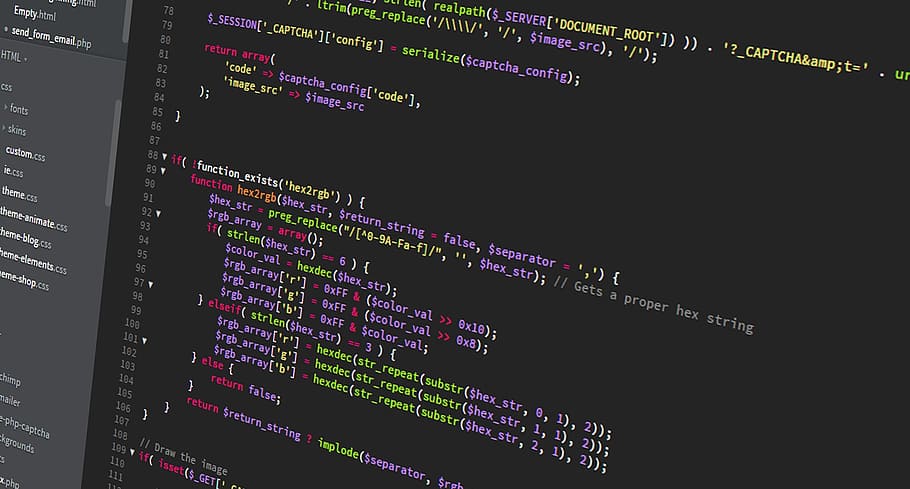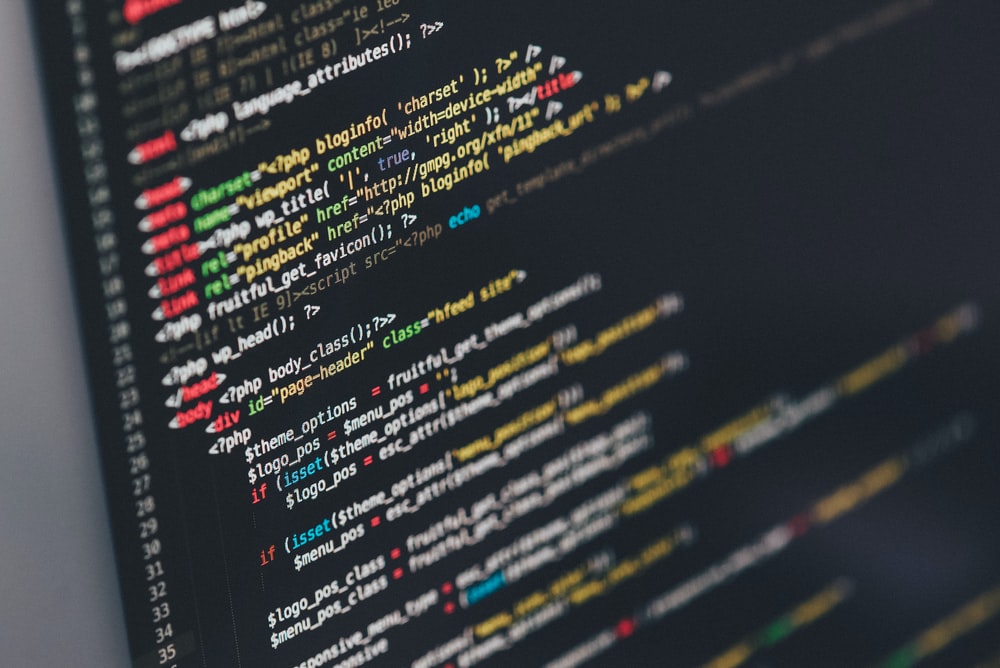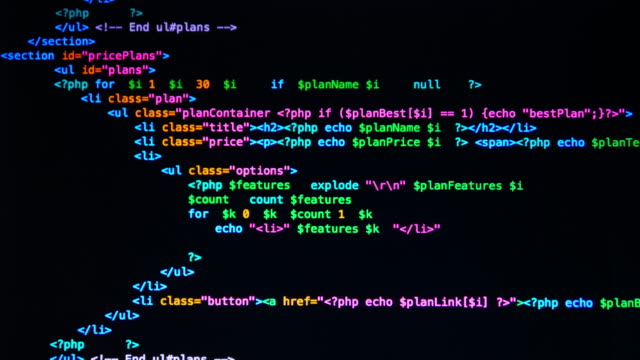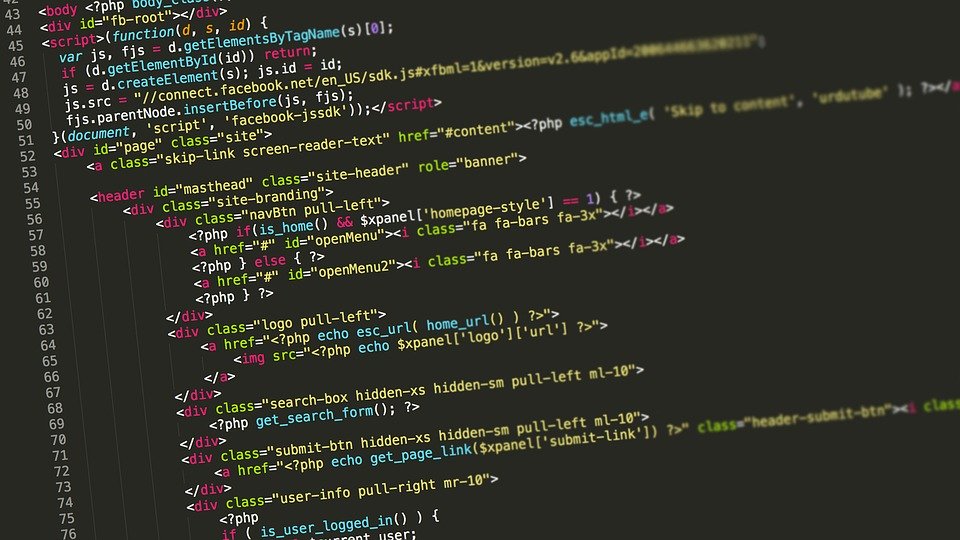Using loops within functions
In Python function will be returned as soon as execution hits “return” statement. Learn about Using loops within functions. In Python function will be returned as soon as execution hits “return” statement. Using loops within functions: Return statement inside loop in a function In this example, function will return as soon as value var has … Read more










